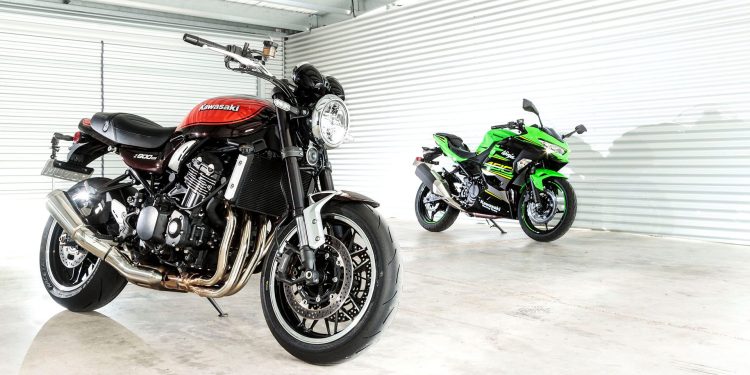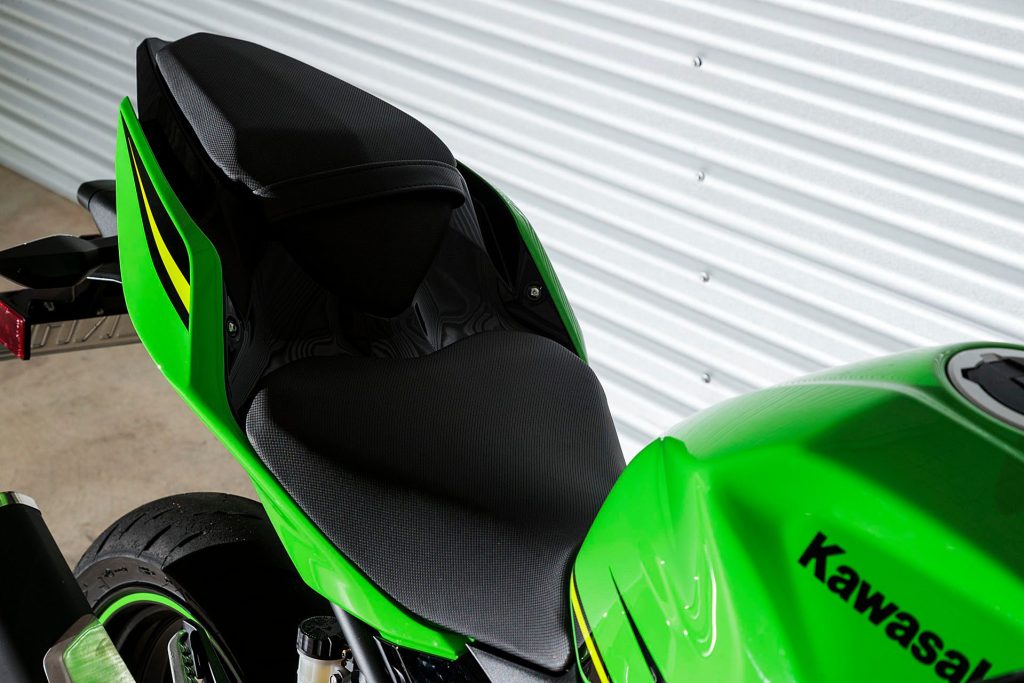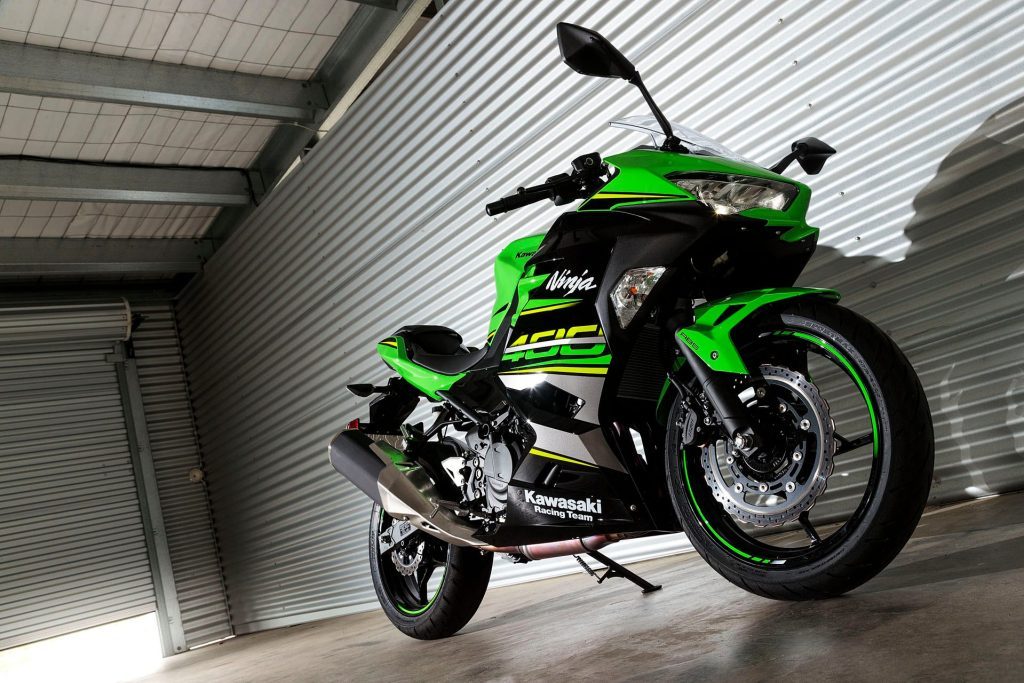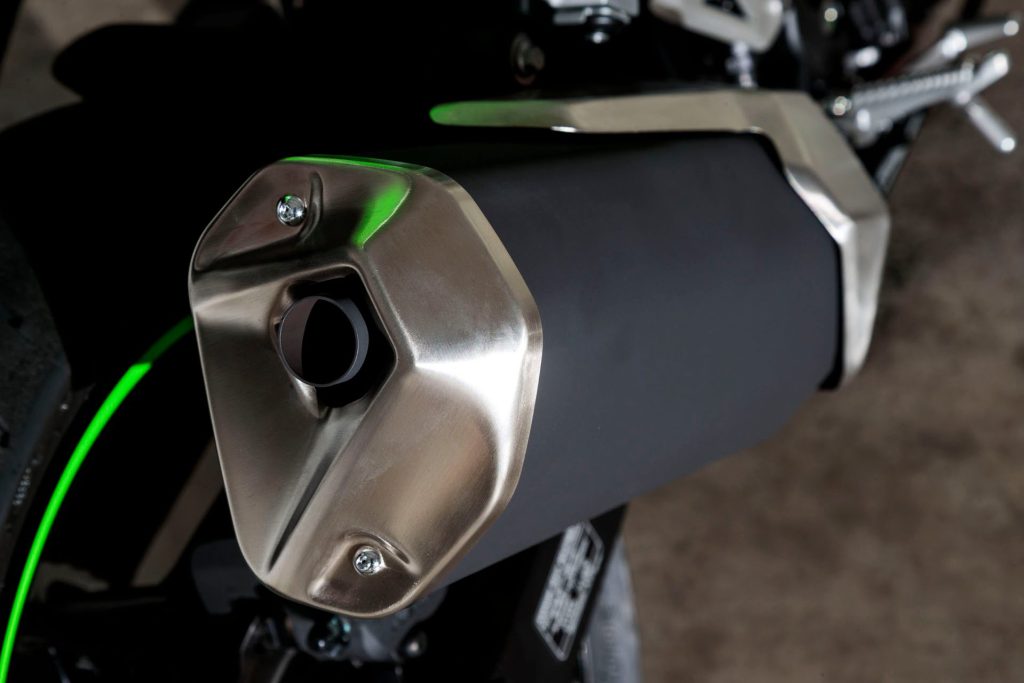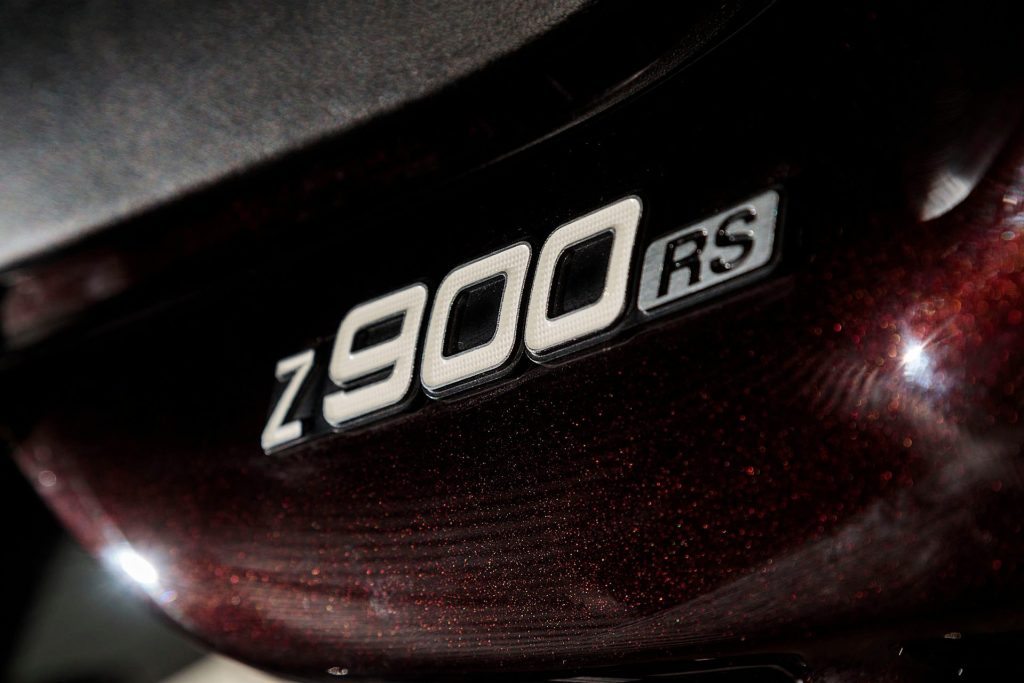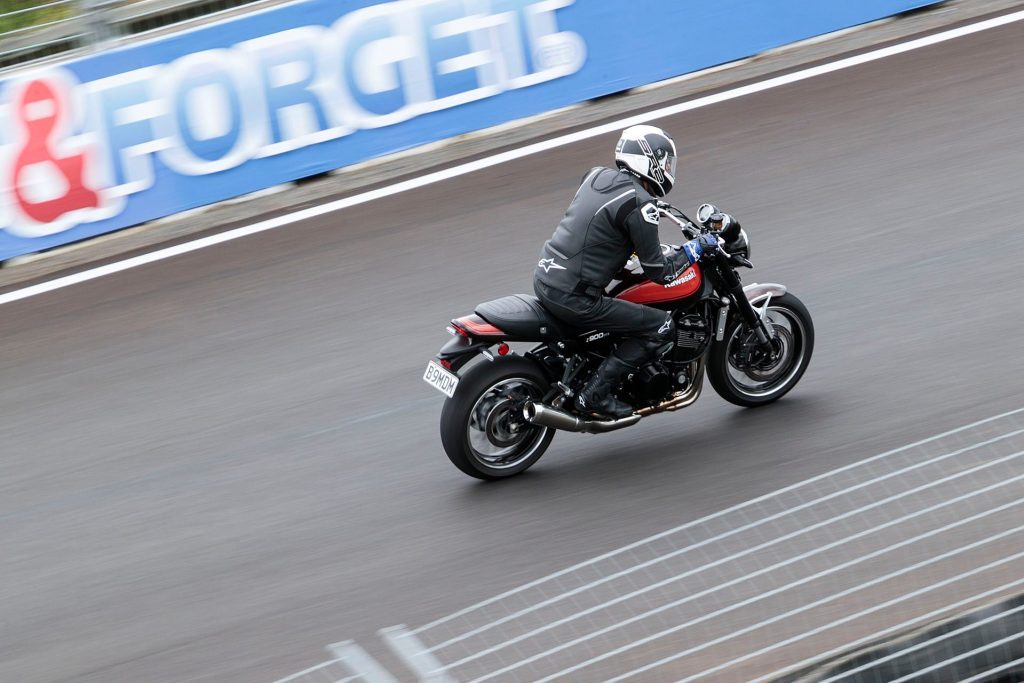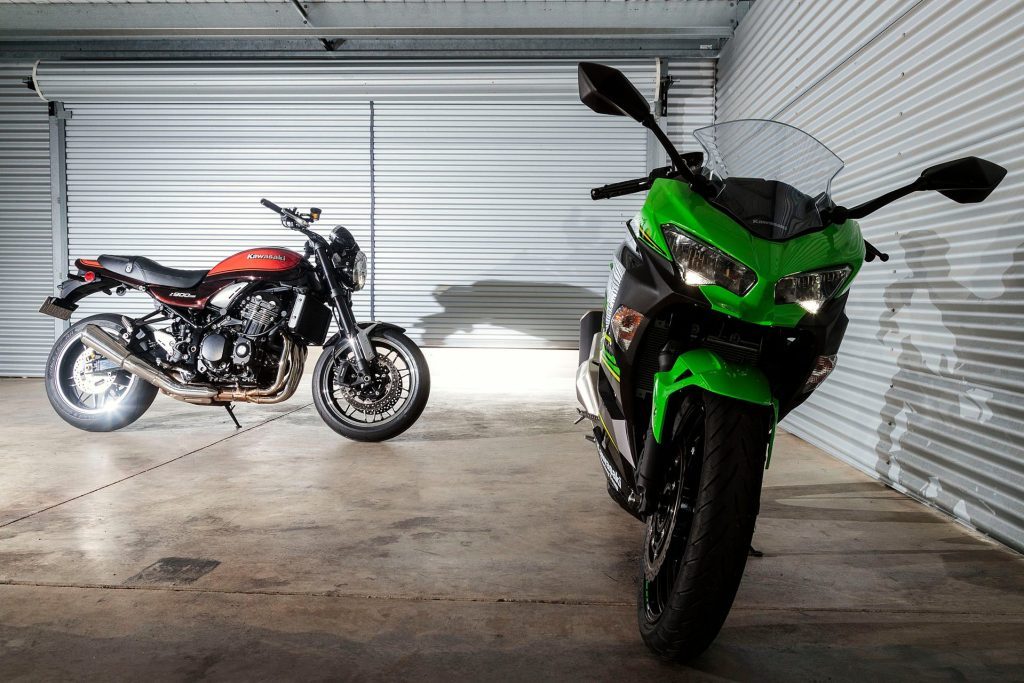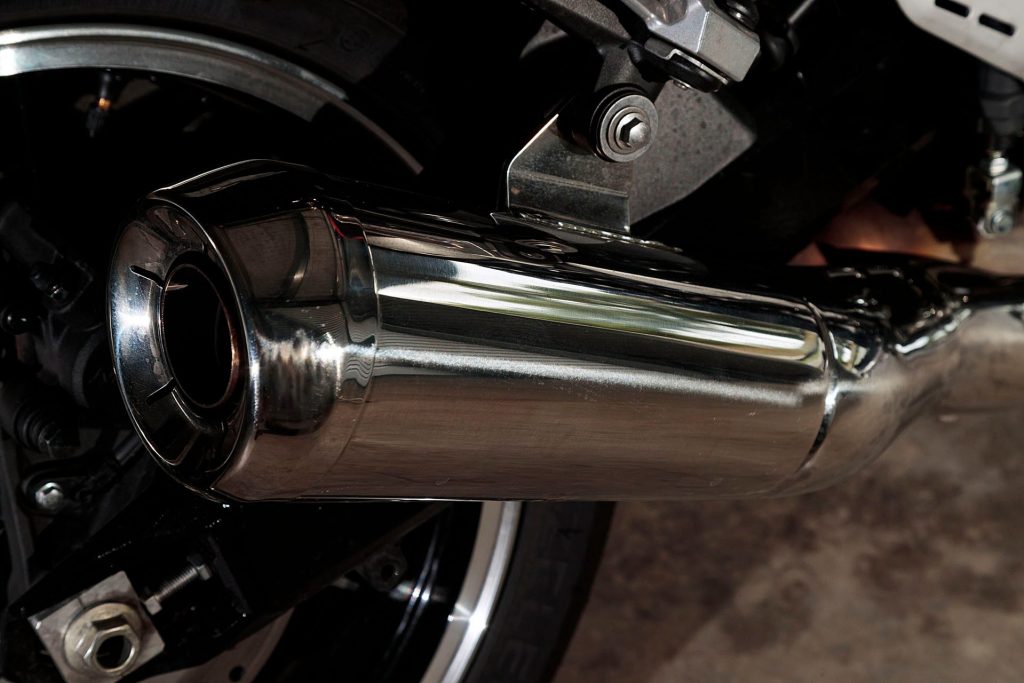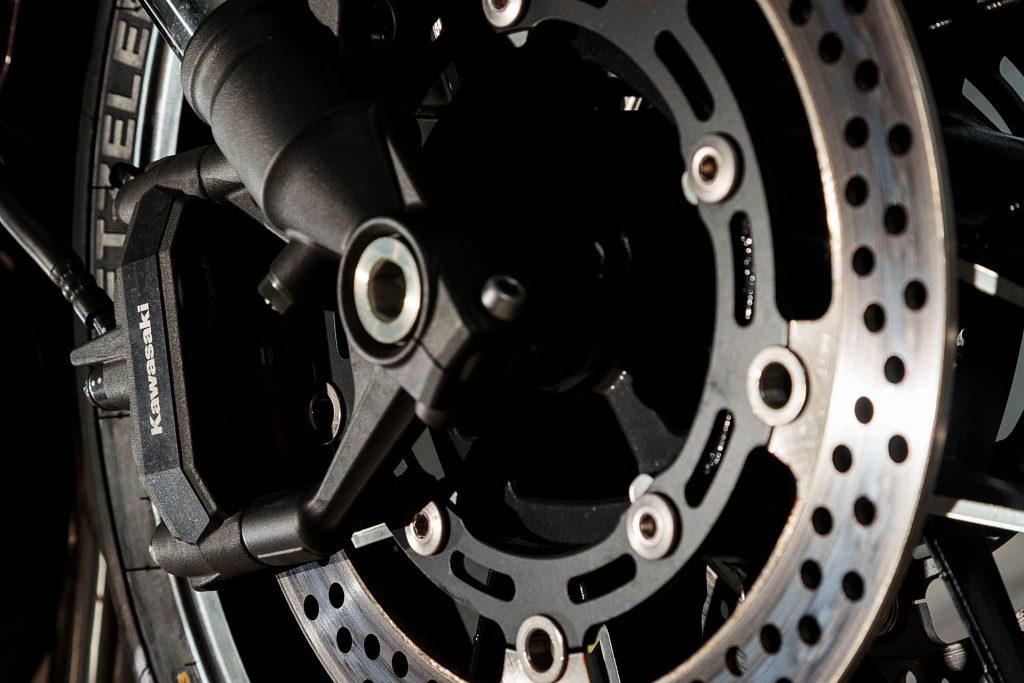New chapter for Kawasaki
Words Peter Louisson | Photos Tom Gasnier
At the recent launch of the Z900RS and Ninja 400, the new distributors of Kawasaki outlined their plans for the brand in New Zealand. And then we got to ride the newcomers on track.
Kawasaki motorcycles have recently undergone big changes locally, with a new distributor, hoping to turn around sales that sagged significantly in 2016. However, 2017 was better, up 20 per cent overall, and with a new, keenly priced, sharp looking Ninja 400 heading the LAMS onslaught, Team Green is set to make further inroads.
Gains made last year in part reflect a big investment by the parent company in new product, with the recent introduction of models like the Versys 300, Ninja 650 and ZX-10 RR. Kawasaki also has 11 models in the hot LAMS sector.
The company is also busy sponsoring motorcycle events around New Zealand and will have demo bikes on hand for customers to test ride. And it was a couple of the newbies we had come along to check out at Pukekohe Park Raceway.
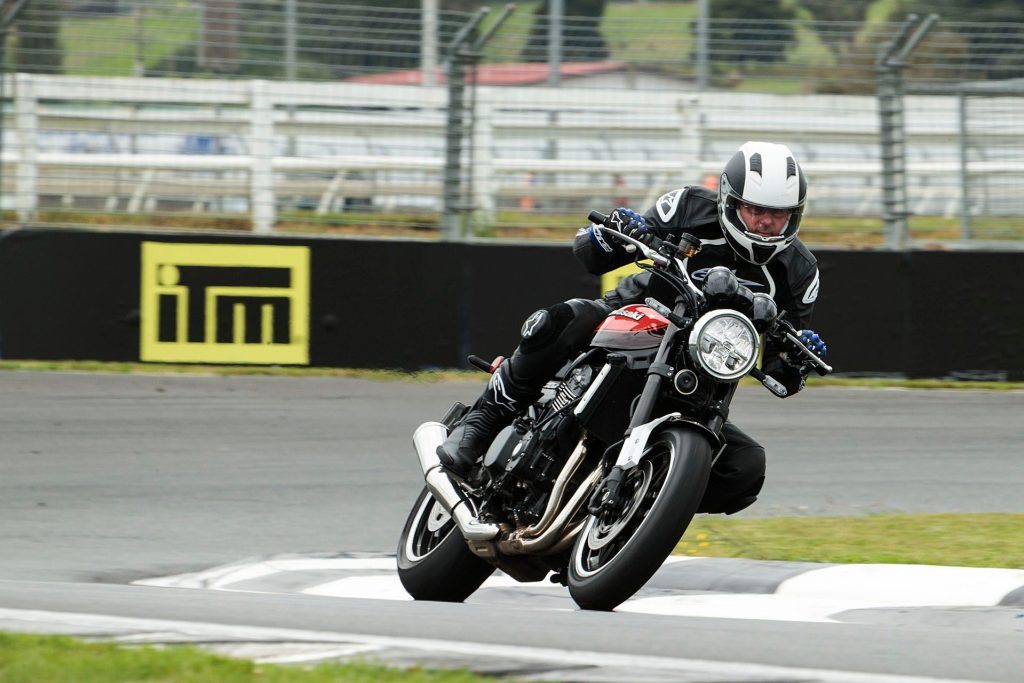
Key new models for 2018 are the two you see in action here, the Ninja 400 and the Z900RS. On hand for the launch was Kiwi motorcycling icon, Graeme Crosby, who not only rode the original Z1 of the early 70s to race glory but also now has a business rebuilding such classics, a couple of examples exhibited alongside the new Z900RS.
Back to the future
Kawasaki was the brand that took the shine off Honda’s CB750, introduced in 1969. The CB was the first mass production four-cylinder that really took off and set the sports bike layout that remains to this day. Kawasaki was developing its Z1 competitor at the time Honda launched the 750 so changed its Z1 to a twin-cam design. It became the performance standard and won countless races.
That bike was the inspiration for the Z900RS which launched globally a couple of months ago, after an initial showing at EICMA. The 900 is “all about heritage and history”, using styling cues from the original bike, including the unique jaffa coloured orange and brown paint scheme. Other obvious cues include the duck bill rear cowl, the bullet shaped dual binnacle instrument coverings, and the uniquely shaped tank. Evidently during development the frame was redesigned twice to conform with the shape of the teardrop tank.
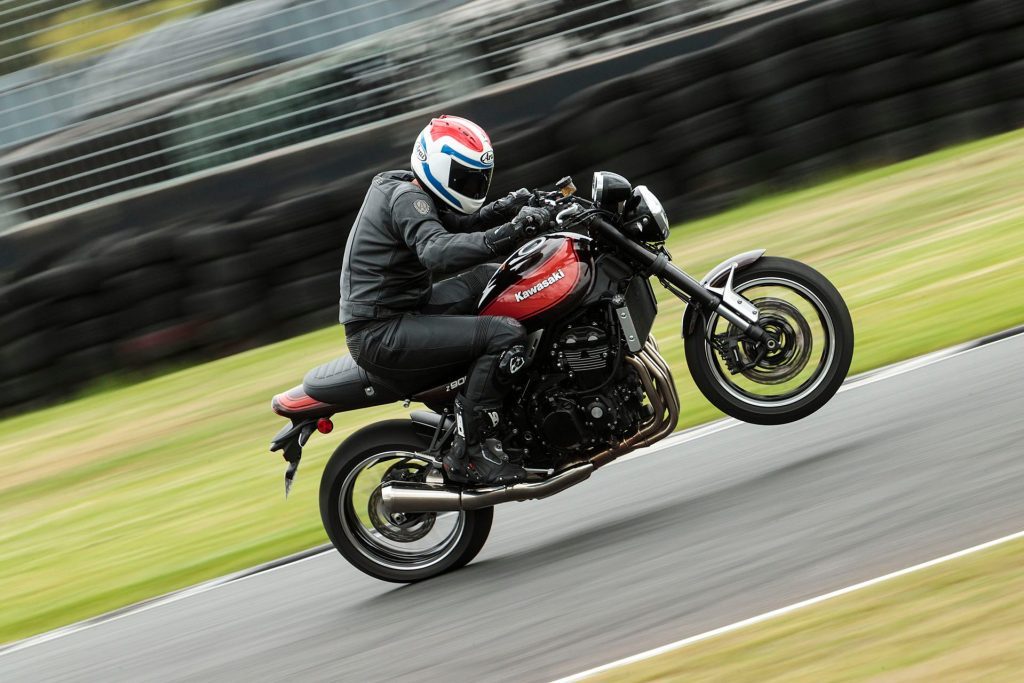
According to Mike Cotter, the GM of Kawasaki NZ Ltd, KHI went “to great pains to get the look and feel right”. It really does not follow the original for intent; that was meant to be all about performance. The Z900RS is based on the Z900 which is an easygoing naked bike, only the newcomer adds radial brakes for improving stopping performance, and gains additional output in the midrange for even more muscular overtaking. Helping is a 12 per cent heavier flywheel, for “smoother, stronger character”.
Cotter said “It’s not meant to be a muscle bike or aggressive; it is designed as a classically stylish bike that is perfect for comfortable, easygoing weekend riding…enjoying the simple things in life”.
To that end, the riding position is a bit more upright than the Z900’s, the bars 30mm wider, 60mm higher and set 35mm further back. The standard seat height is 835mm, though an 800mm option is available for shorter riders. Mention of options, there are plenty of accessories available, including a radiator guard (circa $200), grab rails, heated grips and the like. Colours are limited to the Candytone orange and brown, honouring the original colour scheme, and also a matte green hue.
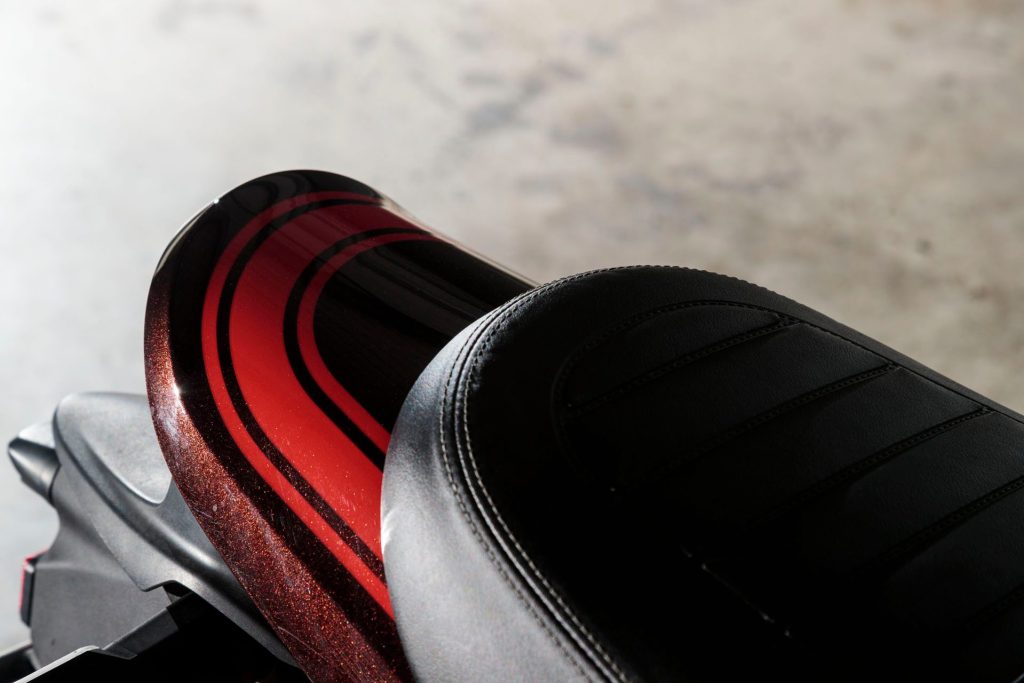
Simple and uncluttered it may be but it isn’t entirely without modernity, featuring ABS brakes and two-level traction control with an off position for wheelie nuts.
Sounds the business
What else? In a first for KHI, they’ve tuned the RS for a particular sound and it evidently took 20 different efforts to get it right. Hit the start button and it’s obvious from the outset that the perseverance was worthwhile. Unlike the original which had four pipes, two either side, this is a four-into-one design. Moreover, the headers are double walled to impart the external pipes with a natural discolouration over time.
Out on track and the sports sound builds with the revs. Unlike most of the models we rode, this one goes best when avoiding high revs and hooking the next gear early where it surges ahead. Even in sixth at middling revs this pulls like an enraged bull, and that’s not surprising for its peak torque of 99Nm arrives at a loafing 6500rpm. So it’s effortlessly quick, and with radial brakes acting on a 215kg wet weight, it slows in just as much of a hurry. Instruments are analogue with a digital readout between tacho and speedo, a gear indicator in pride of place. Again, priorities match its design and customer.
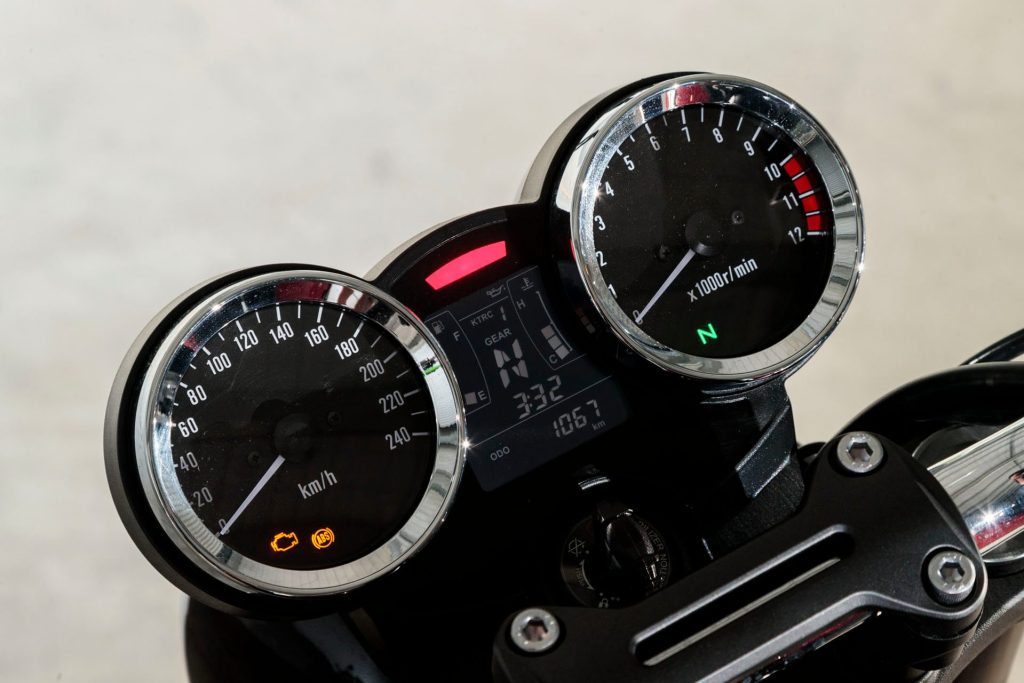
This bike was the most forgiving of bumps on the Pukekohe circuit, and both ends are adjustable for preload and rebound damping. While it wasn’t the most composed on those we rode, as you’d expect, this should prove popular amongst those old enough to remember the impact the original Z1 900 had on the motorcycle industry. At $19,995 it lists for $5400 more than the Z900, and goes up against the likes of BMW’s R NineT, Triumph’s Bonneville T120 and Yamaha’s XSR900. For $500 less you can also buy a black version, or for $20,450 there’s an indent-only Cafe version in green or silver with a fairing and lower handlebars.
Ninja Junior
Of at least equal importance, perhaps more to Kawasaki for volume aspirations, is the replacement for the Z300, known as the Ninja 400. Back in 2008, it debuted as the Ninja 250 and quickly became the biggest seller in its sector. After the introduction of LAMS laws the 250 class soon started to wane and manufacturers moved up to 300cc. Bikes like the Z300 and MT-03 fared well. But given the power to weight limit, there’s no reason bike makers can’t go for a bigger displacement engine, and then limit power slightly with ECU mods. That’s what Kawasaki has done with its new Ninja 400, and given it a look that’s part ZX-10 and part H2.
Kawasaki also claims the track-inspired bike is now quickest in its class, and it may be right. For while power output doesn’t rise dramatically the development team has managed to cull 9kg overall – new lightweight wheels help – for a claimed wet weight of 168kg. That’s still 10kg or so more than KTM’s 390 Duke, but it’s a single and this is a twin. Interestingly, Kawasaki has been able to maintain the price of the Ninja so that it costs no more than the outgoing 300. It goes for $7990 in black, a burger less than the KTM 390, and $8495 for the model sporting the KRT ZX-10 colours.
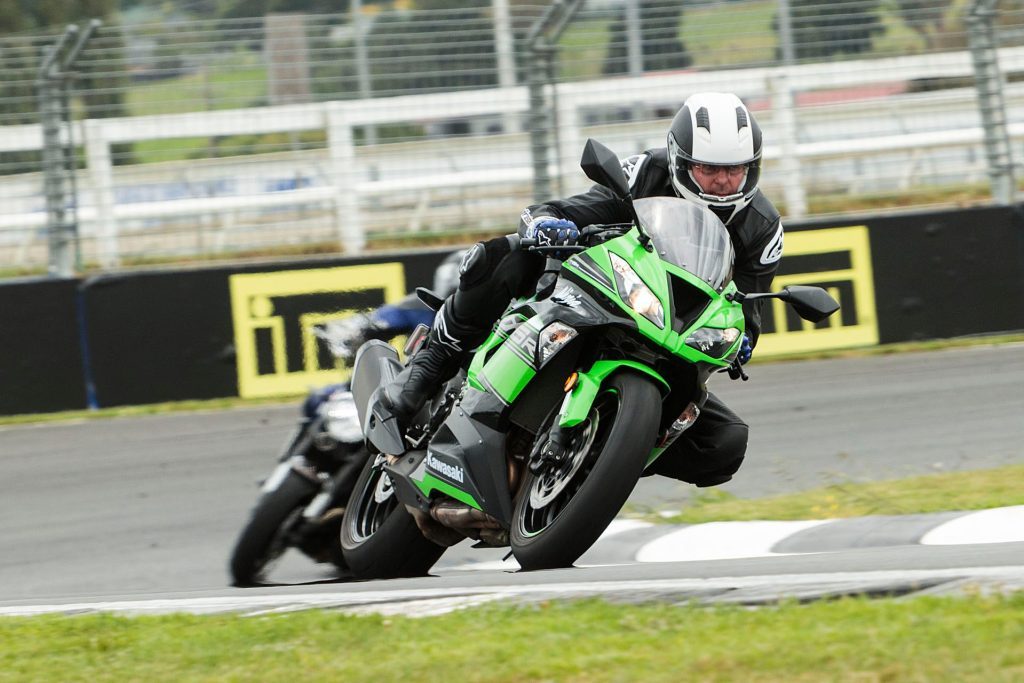
So the climb to almost 400cc – this is a new engine – brings with it a 4.4kW power increase to 33.4kW, but a reasonable hike in torque, up 11Nm to 38Nm. Aside from the capacity increase the hike in output is the result of a new larger 5L air intake box. I’ve not ridden the 300 but the 400 is certainly a big step up on the 250, almost keeping pace with the bigger machinery on track. Not too shabby for a 400 then, though you had to keep it in the red zone for best effect.
And what of handling? It’s improved too, with a new trellis like frame, based on the H2 architecture, more rigid larger diameter 42mm forks, while a new longer swingarm affords improved stability. Other upgrades an LED screen borrowed from the Ninja 650 that incorporates a gear indicator, a slimline seat (easier for sitting astride) and uprated front brake, the rotor now 310mm, the same size as the ZX-10’s.
On track, this was the surprise package of the day. Like its forebears it has a very easygoing riding position with upright bars, forward set pegs. The new chassis geometry makes it turn quick sharp, heightening the sense of lightness, as does a redesigned clutch, the lever effort reduced by 20 per cent.
It can hike, not disgraced at all on track. Keep it in the upper part of the rev band above 10,000rpm and it’s on the pace, much quicker than the 250 of a decade ago and it feels to be as quick as anything in the sub400cc sector. Into the braking zones and there’s no need to slow sooner than with any of the heavier twin-disc machines on hand. Plus it looks good, like a mini ZX-6R KRT. At the price, no more than the 300, the new 400 should contribute to further gains in market share for Kawasaki this year.


